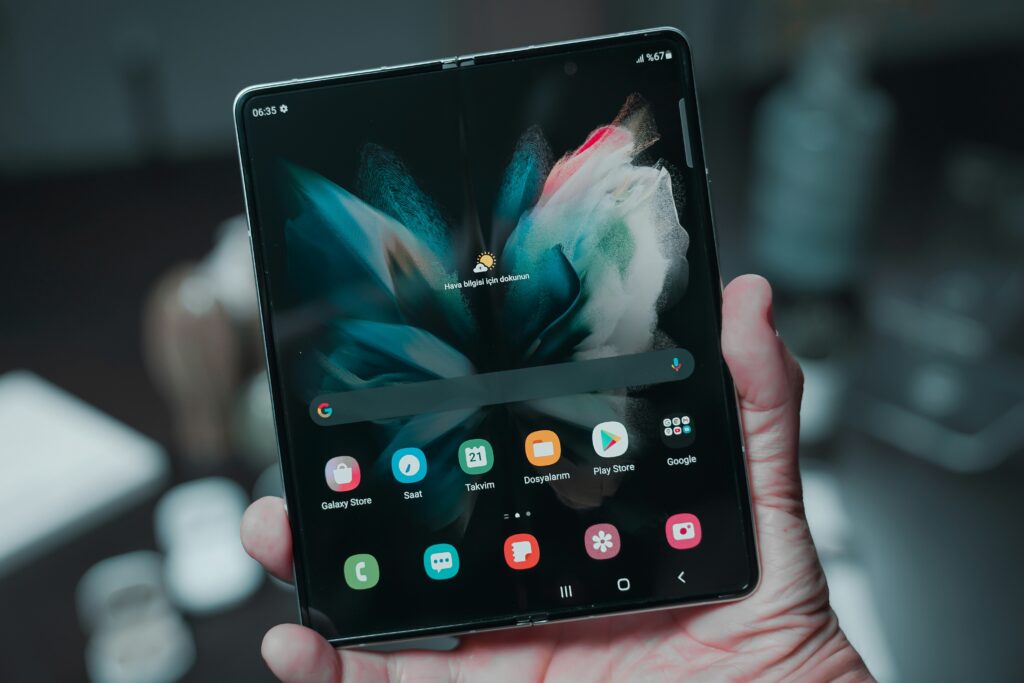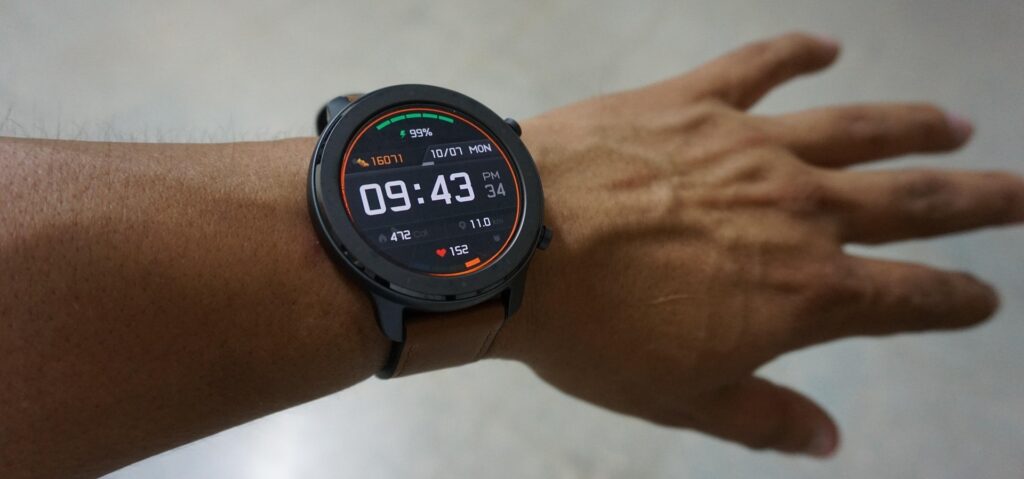Introduction: Why 2025 Is the Turning Point for Digital Skills
In today’s rapidly evolving world, it’s more important than ever to prepare young minds for the future. That’s why now is the time to learn coding for students—not just as an extracurricular skill, but as a core part of their education.
As AI, automation, and digital technologies reshape industries, the ability to think computationally and write code has become just as vital as reading, writing, and math. In 2025, we’re past the point of asking “should kids learn to code?” The real question is “how soon can they start?”
Whether a student dreams of being a game developer, doctor, architect, or entrepreneur, learning to code builds confidence, creativity, and critical thinking—skills that translate across every career path.

Related Read : Best AI Business Ideas You Can Start Now: Turn Tech Into Income in 2025
The New Definition of Literacy: Digital + Logical Thinking
From Reading to Debugging: A Modern Skillset
Reading and writing were once the core pillars of education. Now, they’re being joined by coding and digital fluency. Learning to break down problems, identify patterns, and write algorithms mirrors the process of reading comprehension and written expression—but with a twist: you get immediate feedback.
Logical Thinking and Problem Solving
Coding isn’t just about typing symbols into a screen. It’s about developing logic, working through problems, and understanding how systems work. These are life skills that serve students far beyond the classroom.

Related Read : Top Laptop Deals USA 2025: Best Picks Under $1000
The Role of Coding in Everyday Life
Coding in Entertainment, Education, and Finance
From the games kids play to the platforms they learn on and the apps their parents use to bank, code is everywhere. Learning to code demystifies technology. Students begin to see themselves not just as consumers, but as creators.
Understanding the Tools We Use Daily
Once students start coding, they begin to understand how things work: how a search engine finds results, how a GPS calculates routes, how apps respond to inputs. This empowers them to move from passive use to active innovation.
The Career Advantage for Early Coders
Tech Careers: Not Just for Developers
In 2025, knowing how to code isn’t just useful for becoming a software engineer. Doctors use code to manage data. Journalists use it for data visualization. Entrepreneurs use it to build and automate tools learn coding for students.
Non-Tech Fields Now Prefer Tech-Savvy Graduates
Many universities and employers now look for students with coding experience—even in non-technical roles. It shows problem-solving skills, discipline, and a mindset that’s ready for the future of work.
How Coding Builds Life-Long Confidence
Turning Ideas into Apps and Websites
There’s something magical about watching your idea come to life on a screen. Students who code can create games, websites, stories, or even mobile apps—all before they graduate high school learn coding for students .
Overcoming Challenges Through Trial and Error
Coding teaches resilience. When a program doesn’t work, students debug. They learn persistence, patience, and the ability to take feedback—all essential life skills.

Related Read : Top Antivirus Software for US Users 2025: Protect Your Devices with the Best
Coding Helps with Other Academic Subjects
Math and Coding: A Natural Alliance
Coding strengthens mathematical thinking. Concepts like loops, variables, and conditional logic build a strong foundation in algebra, geometry, and logic.
Enhancing Language and Writing Skills
Believe it or not, coding also boosts language development. Writing code requires clarity, structure, and syntax—just like a well-written essay.
What Age Should Students Start Coding?
Age-Appropriate Platforms for Every Level
You’re never too young to start. Kids as young as 5 can begin with block-based tools like ScratchJr and Code.org, while middle and high school students can transition to Python or JavaScript with tools like Replit or Thonny .
When to Shift from Block to Real Code
Once students grasp the logic behind blocks, they can begin exploring text-based languages. Around ages 11–13 is often ideal for the transition.
Top Free and Paid Tools for Students in 2025
| Tool | Best For | Free/Paid |
|---|---|---|
| Scratch | Beginners, creativity | Free |
| Code.org | K–12 foundational coding | Free |
| Tynker | Game-based learning | Freemium |
| Python (with Replit or Trinket) | Middle & High School Projects | Free |
| Codecademy | Structured learning paths | Freemium |
| Unity + C# | Game development (teens+) | Free tier |
Myths That Keep Students from Learning to Code
“It’s Only for Genius Kids”
Not true. Coding is for everyone. You don’t need to be a math whiz or a tech nerd. In fact, kids who love puzzles, stories, or logic games often excel at it.
“It’s Too Boring or Difficult”
Modern platforms have gamified coding. Kids can animate stories, create music, and build their own games—all while learning core programming concepts.
How Schools and Parents Can Encourage Coding
Integrating Projects into Homework and Curriculum
Even simple additions—like asking students to build a webpage instead of a poster—can make a big difference. Schools don’t need to be tech giants to start small.
Gamifying the Learning Process
Coding platforms often include challenges, points, badges, and avatars. Parents can motivate kids through coding camps, contests, or rewards for progress.

Related Read : Top 10 AI Tools You Should Be Using in 2025: Game-Changing Picks for Productivity & Growth
Learn from Real Student Success Stories
Teens Launching Apps, Games, and Startups
All over the world, high school students are building successful mobile apps, launching businesses, and even landing internships thanks to their coding portfolios.
Coding Competitions and Scholarships
Competitions like Google Code-In, Hackathons, and Girls Who Code offer prizes, scholarships, and even mentorship from tech leaders to learn coding for students.
Frequently Asked Questions (FAQs)
Why is it important to learn coding for students in 2025?
Because digital literacy is now a core skill for future careers. Coding teaches problem-solving, logic, and creativity.
What is the best age to start learning code?
Ages 5–7 for visual/block coding. Ages 11+ is ideal for transitioning to Python or JavaScript.
Can learning to code really help with jobs outside of tech?
Absolutely. Coding helps with data analysis, critical thinking, and automating tasks in all industries.
What if my child isn’t interested in math or tech?
Start with creative coding tools like storytelling, game-making, or design-based platforms. Coding can match any interest.
Are free tools enough to learn real coding?
Yes. Many free platforms provide everything needed to learn basics and even build full apps.
How much time should a student spend on coding each week?
Just 2–3 hours a week can lead to strong foundational skills over time.

Related Read : The Ultimate Ecosystem of Apple vs Google Comparison 2025: What’s Right for You?
Conclusion: Why the Future Needs Young Coders Now
In 2025, to learn coding for students is no longer optional—it’s essential. It empowers them to be creators, not just consumers. It prepares them for jobs that don’t even exist yet. It gives them the confidence to solve problems and the curiosity to keep learning.
Whether your goal is a career in tech, a scholarship, or just staying competitive in the modern world—learning to code is the smartest investment any student can make today.






